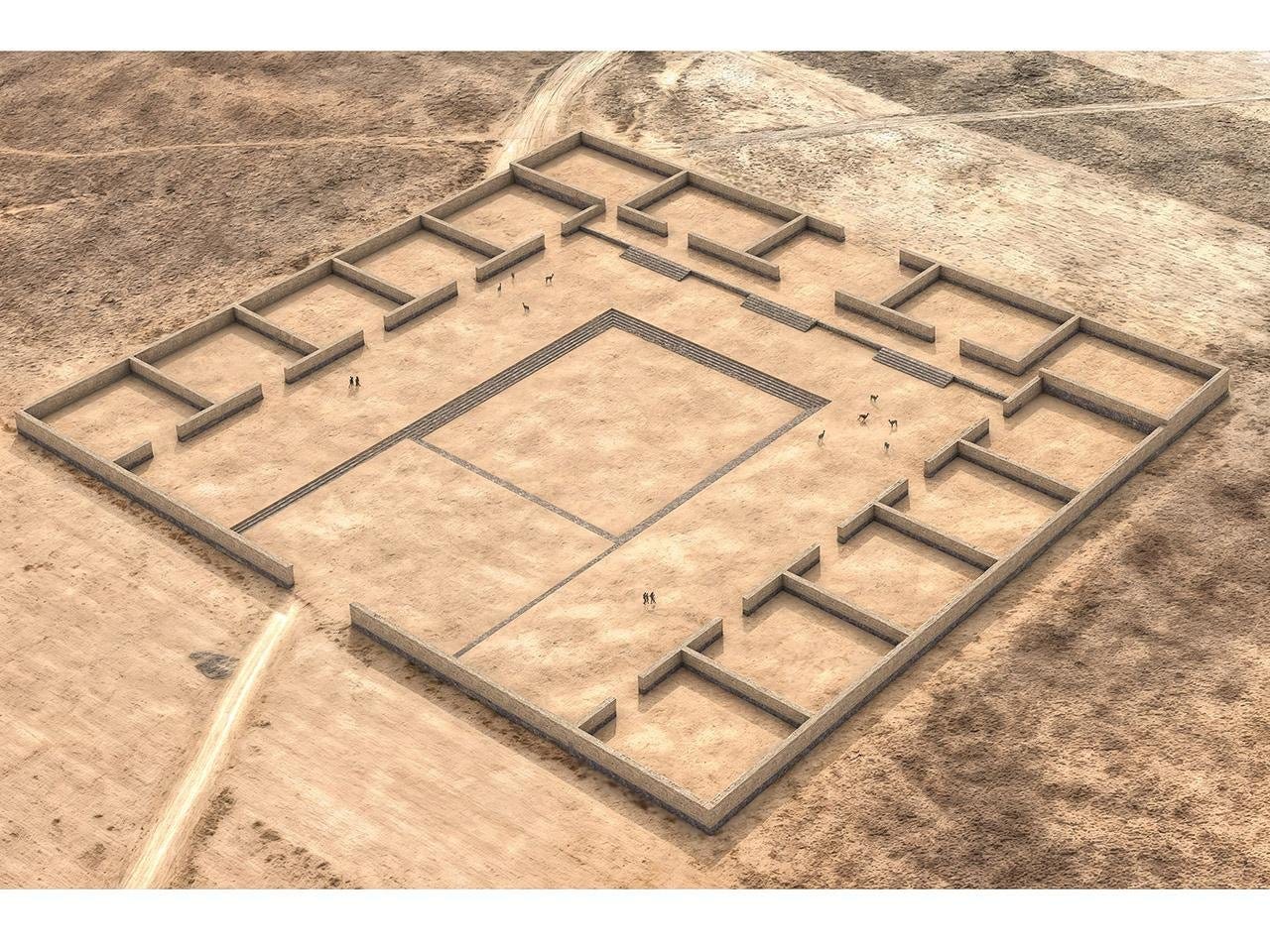🧐 Ancient Beat #155: Boomerangs, lost cities, and standing stones
Happy Saturday! Welcome to issue #155 of Ancient Beat, here’s the latest ancient news. 👇
🗞 Ancient News: Top 5
Lost Tiwanaku Temple Unearthed in Bolivia Reveals Ancient Andes Trade and Ritual Network — A previously unknown temple complex named Palaspata, located roughly 130 miles south of the main Tiwanaku site near Lake Titicaca, has been revealed using satellite imagery, aerial drones, and photogrammetry. Spanning about 410×475 ft, it consists of 15 rectangular enclosures arranged around a central courtyard, likely aligned for solar equinox rituals. The high-altitude site sits at an ecological crossroads—linking highlands, arid Altiplano, and the fertile Cochabamba valleys—indicating its importance as a ceremonial meeting-place for exchange. Fragments of keru cups used for maize-based chicha beer, which couldn’t be grown on-site, suggest feasting and long-distance exchange. The discovery offers fresh insight into Tiwanaku’s religious, economic, and social networks circa 500–1000 CE.
Ancient Mammoth‑Tusk Boomerang Is Twice as Old as We Thought — A curved boomerang carved from a mammoth tusk, discovered in Obłazowa Cave in southern Poland in 1985, has been re‑dated using nearby animal bones and a human phalanx instead of testing the artifact itself to avoid damage. Statistical modeling places its creation between roughly 42,365 and 39,355 years ago—about twice as old as earlier estimates (~18,000 years)—making it Europe’s oldest known boomerang and possibly the world’s oldest of this shape. It should be noted, though that Aboriginal Australian boomerangs are far older but of different typology (e.g., wood, return-capable). Measuring around 28 inches long, it exhibits a crescent shape with flat‑convex cross‑sections similar to Aboriginal non‑returning boomerangs. Traces of red pigment and decorative incisions indicate symbolic or ceremonial use, but wear patterns and polish suggest it may also have served a practical role. This find reveals advanced craftsmanship and early symbolic behavior among Homo sapiens in Central Europe well before 40,000 years ago.
British Archaeologists Find Ancient City of Imet in Egypt’s Delta — Excavations in Egypt’s Nile Delta have identified the long-lost city of Imet. Artifacts uncovered include a stone stele depicting the god Horus and a bronze sistrum adorned with Hathor’s heads—indicating a blend of religious practices in the region. These finds suggest a once thriving urban center with significant ritual and cult activity.
Carbon Record Reveals Evidence of Extensive Human Fire Use 50,000 Years Ago — A 300,000‑year sediment core from the East China Sea shows a sharp rise in charred carbon particles (pyrogenic carbon) around 50,000 years ago—parallel increases appear across Europe, Southeast Asia, and Australia. This signals that by then, Homo sapiens had begun widespread, intentional use of fire—likely for cooking, protection, and managing cold glacial environments. Obviously, fire was being deliberately used long before this, but spike likely reflects a major increase in ecosystem-scale fire use. It suggests early humans shaped ecosystems and the carbon cycle long before the Holocene.
More Precise Dating Shines New Light On Carnac's Megalithic Monuments — New radiocarbon data and Bayesian modeling from the Le Plasker site in Plouharnel, Brittany, reveal that parts of the Carnac megalithic alignments were constructed between 4700 and 4300 BCE—making them among the earliest in Europe. The Carnac complex includes over 3,000 standing stones stretching roughly 6 miles (10 km) along the coast. Though the stones are no longer present at Le Plasker, their foundation pits survive, many located near hearths or cooking pits, suggesting a connection between stone alignments and fire-related activities such as lighting, feasting, or rituals. Excavation also uncovered an early monumental tomb from around 4700 BCE, built directly atop a Mesolithic hunter-gatherer hut, highlighting a transition from foraging to monument construction in this region. The findings confirm the Bay of Morbihan as Europe’s earliest known megalithic center.
That’s it for the free Top 5! If you’re a free subscriber, sign up for the paid plan for another 23 discoveries and 3 recommended pieces of content covering venus figurines, hidden passageways, and ritual bathing.
Until next time, thanks for joining me!
-James
Twitter: @jamesofthedrum
P.S. Here’s my Buy Me A Coffee link if you’d like to support my efforts with a donation.
P.P.S. If you want access to the paid version but it’s a little too steep for you right now, just email me — I want this to be accessible.
P.P.P.S. Paid members, read on!




